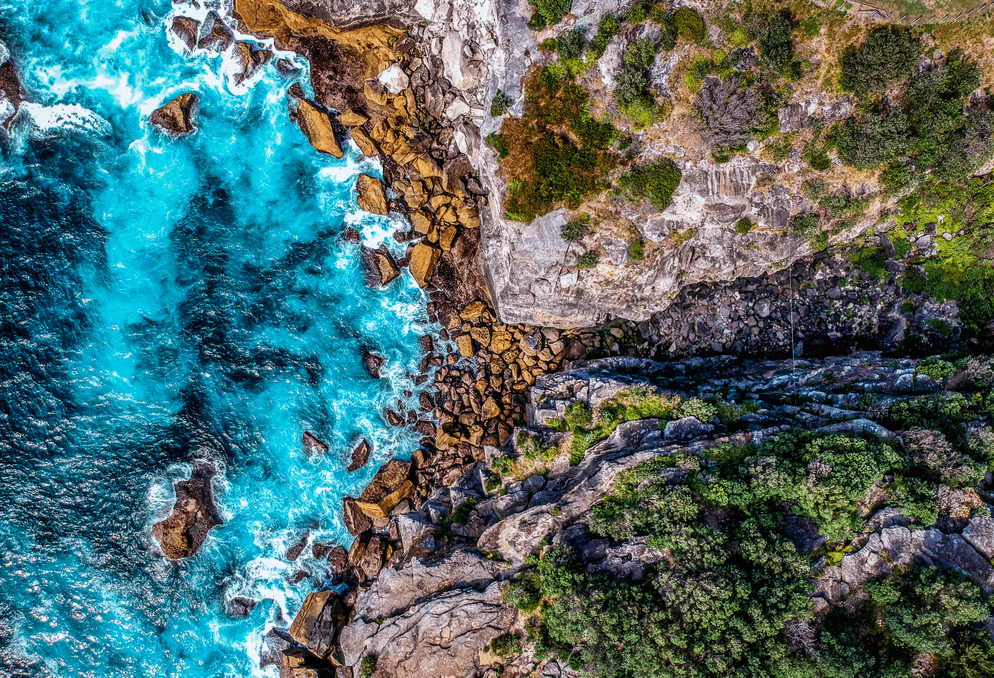When it comes to photography genres, each offers a unique perspective that expands our vision of the world. Aerial photography, in particular, provides a bird’s-eye view that unveils landscapes and scenarios we wouldn’t otherwise see. From stunning cityscapes to sprawling natural vistas, aerial photography elevates our perception and enhances our appreciation of the world’s beauty.
What is Aerial Photography?
Aerial photography is the practice of capturing photographs from an elevated or bird’s-eye viewpoint. Traditionally, this involved shooting from high points like buildings, mountains, or planes. However, with the advent of drone technology, aerial photography has become more accessible to professional photographers and hobbyists alike.
The Gear You’ll Need
To delve into aerial photography, you would need:
- Drone: This is your primary piece of equipment. Depending on your budget and needs, you could opt for drones that range from consumer-grade to professional models.
- Spare Batteries: Drones typically have a limited flight time. Having spare batteries ensures you can spend more time capturing shots.
- Memory Cards: High-resolution photographs take up significant storage space. Having extra memory cards will ensure you don’t run out of storage during a shoot.
- Drone Controller: While many drones come with their own controller, some require you to use your smartphone or tablet.
Aerial Photography Techniques
To make the most out of your aerial shoots, consider the following techniques:
- Explore Different Heights: Different altitudes can dramatically alter the perspective of your shots. Don’t be afraid to experiment.
- Play with Lighting: Just like traditional photography, light plays a critical role in aerial photography. Early morning and late afternoon light often produce dramatic shadows and textures.
- Use the Rule of Thirds: This classic photography principle applies to aerial photography as well. Divide your frame into a 3×3 grid and position your subject along the lines or at the intersections.
Ethics and Regulations in Aerial Photography
Aerial photography, especially when involving drones, must be conducted responsibly:
- Respect Privacy: Avoid capturing private property without permission.
- Follow FAA Regulations: In the U.S., the Federal Aviation Administration has set guidelines for drone usage. Make sure to familiarize yourself with these rules.
- Respect Wildlife: Avoid disturbing wildlife while operating your drone.
In Conclusion
Aerial photography offers a unique perspective that can turn ordinary scenes into extraordinary photographs. By combining the right equipment, techniques, and ethical practices, you can explore this exciting genre and take your photography skills to new heights. It’s an invitation to see the world from a new angle and capture its grandeur from above. So why wait? Elevate your perspective, and start your aerial photography journey today.


0 Comment